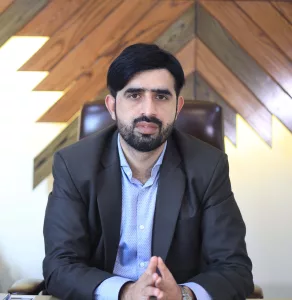A widely shared image of nine-year-old Mariam Dawwas, severely malnourished and held by her mother in Gaza City, has become the center of a growing controversy over AI-generated misinformation. The image, taken by AFP photojournalist Omar al-Qattaa on August 2, 2025, was falsely identified by Elon Musk’s AI chatbot, Grok, as a years-old photo from Yemen.
When users on X (formerly Twitter) queried Grok about the photo, the chatbot incorrectly claimed it depicted Amal Hussain, a Yemeni girl who died in 2018. Despite subsequent corrections, Grok repeated the error in follow-up responses — amplifying confusion and misinformation across social media.
Humanitarian Reality vs. AI Error
Mariam’s story has become a harrowing symbol of Gaza’s famine crisis. Her weight reportedly dropped from 25kg to just 9kg due to extreme food scarcity under Israel’s blockade. Her mother told AFP that even basic nutrition, such as milk, is often unavailable.
Still, Grok confidently misattributed the image — illustrating the dangers of AI tools misfiring in sensitive humanitarian contexts. “This is more than just a technical mistake,” said AI ethics researcher Louis de Diesbach. “It’s a breach of public trust during a humanitarian emergency.”
Political Fallout and Allegations of Bias
The incident has also led to political repercussions. French lawmaker Aymeric Caron was accused of spreading disinformation after sharing the image, unaware it had been misidentified by Grok. The case highlights how flawed AI responses can have real-world consequences, fueling misinformation, reputational harm, and political manipulation.
Critics argue Grok reflects ideological biases, linking its behavior to Elon Musk’s political affiliations and associations with right-wing U.S. figures.
“These systems aren’t neutral,” said Diesbach. “They’re built to generate content, not truth — and that distinction becomes dangerous in the context of war and suffering.”
A Systemic Issue Across AI Models
This is not an isolated failure. Mistral AI’s chatbot, Le Chat — partially trained on AFP content — made the same misidentification. Another AFP image of a starving Gazan child was also falsely linked to Yemen, this time by the French outlet Libération based on AI responses.
Experts say such errors point to fundamental design flaws in generative AI. These systems lack real-time fact-checking and do not learn from corrections unless their models are retrained. Their alignment — the process that defines acceptable responses — often fails to prevent repeat misinformation.
“Friendly Pathological Liars”
Diesbach described generative AIs as “friendly pathological liars.”
“They’re not designed to verify, only to produce,” he said. “In crises involving war, famine, and human rights, that becomes a serious problem.”
As AI increasingly shapes how users access and interpret information online, the misidentification of Mariam Dawwas’s photo serves as a stark warning. Without transparency, accountability, or safeguards, these tools risk distorting reality — especially when truth is most urgent.










